A village where people mourn the New Year
For people of Shah Hassan Khel there is nothing but mourning to mark the onset of new year.

“We have been robbed of our laughter,” say the people of Shah Hassan Khel, a tiny village in Lakki Marwat district. The attack left over 100 dead, many of them young men playing in the volleyball match or watching it.
Every family in this small hamlet has lost a son, a brother or friend. It is now almost a ghost town, with misfortune written on every stone and fear dripping from every soul. Today the whole village lies in a tight security cordon of the army and the paramilitary Frontier Constabulary (FC) with local police guarding this village round the clock. Entry is allowed only to locals after producing identity cards.
“The village has been dead for a year now,” Saleem Mohammad, a resident lamented. Saleem lost a son and two nephews in the devastating blast. Situated some 30 kilometres south of Lakki Marwat and close to the border with Dera Ismail Khan, the area has scarce vegetation and occasional date palm trees dot the otherwise barren landscape.
Anyone visiting the village first has to go through a number of check posts. At the first such stop, a potbellied soldier pokes his nose inside our
car and asks us to wait for clearance. It then takes an hour to get permission.
The arrival of the head of the village lashkar helps and after much haggling, permission is grudgingly given to proceed. The cause of alarm is a threat from militants to attack this town again on the eve of the anniversary, confides a security official.
Earlier during the day there were two blasts in the vicinity. It is nearly dark by now and the main street is deserted. Within minutes, we drive across the village and arrive at terror’s ground zero-where the suicide bomber struck at that fateful evening.
Shah Hassan Khel was known for its volleyball players but now this game is not played any longer. As most of the players perished in the attack and the ground appears haunted, where some villagers could be seen whispering in low tones on a side in the haze of falling dusk.
“It was barbarism against the people of this village,” said Qudratullah, a young man with an AK-47 casually slinging on his side. His brother was a known player in the village. He died in the attack.
Qudratullah said that they have to show their identity cards to get inside this village and they cannot leave at will and it is very difficult when someone falls ill during the night.
The village comprises around 500 households and a population of around 4,000. Militancy here traces its origins to the Lal Masjid incident in Islamabad. First militants took over a local mosque. Then they gradually took control. By 2009, the militants were checking everyone entering or leaving the village.
Mushtaq Ahmed, the head of the lashkar told the Express Tribune that it was lively village before the militants took it over. Then everything changed. “They had money and all the bad elements of the village joined them. Soon after they started their moral policing across the village,” he recalled.
In summer of 2009, security forces launched an operation to cleanse the village of militants and all the villagers left their homes and took refuge in nearby villages for around three months. Mushtaq said that after the militants were forced out, the government signed a bond with the villagers and asked them to raise a lashkar to protect themselves.
The lashkar was a success and militants failed to enter the village despite killing a volunteer.
However, after planning of months, came the devastating attack-carried out by a son of a local lashkar volunteer. When asked why a villager killed his own brethren, Mushtaq said that the attackers were brainwashed into doing anything.
“It was village of cheerful people but after that attack the children and women are fearful of any loud sound,” he said, adding “We live in fear of everything.”
Published in The Express Tribune, January 1st, 2011.

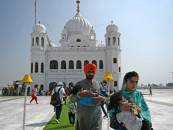
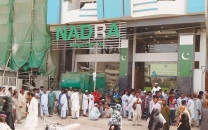

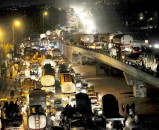

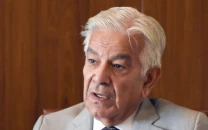
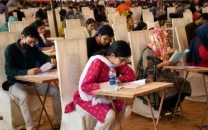

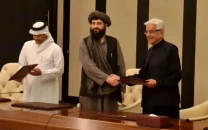

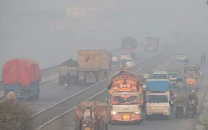
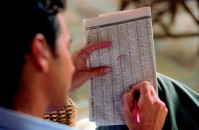






COMMENTS
Comments are moderated and generally will be posted if they are on-topic and not abusive.
For more information, please see our Comments FAQ